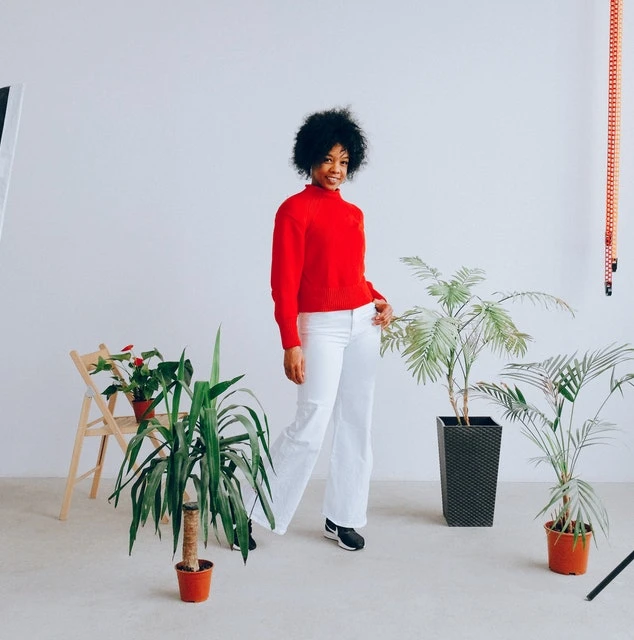When talking about the concept of minimalism, the words simplicity, uncluttered, and monochromatic are the first few words that come to mind. With the beauty of serenity and clean lines, it is not a surprise that minimalism is a trend in interior design. However, the truth is, this type of style is not that easy to achieve and live by.
The concept of minimalism focuses on using simple line furnishings, plenty of lighting fixtures, and an open floor plan. These characteristics offer a timeless aesthetic and soothing atmosphere while accentuating the architectural details of a living space. If this minimalism art movement sounds interesting to you, we’ve rounded up some great tips on how you can design a functional yet clean space for you or your family.
1. Get rid of the clutter
Look around your living space. Do you see clutter such as piles of paper on your desk or random objects lying around the corners? Start the work by organizing all that. If you want to make your interior look and feel clean, you need to say goodbye to clutter.
Check your tables, shelves, or cabinets for items that are essentials and not. Begin your cleaning in one small area like your dresser, then proceed to the bigger areas like the kitchen. If you’re having a hard time choosing what items to keep and what to get rid of, practice the “one-in, one-out” rule.
2. Opt for purposeful décor
Functionality is one of the major elements of minimalism that you have to practice. Strip your living space down to its essence and only keep the things necessary for a simple and comfortable life.
Focus on purposeful furnishings and other home belongings. Whether you prefer simple, closed storage spaces or open and exposed shelving, make sure it is distraction-free and functional for the way you live. If you want to maintain a minimalist interior design, learn how to value function over aesthetics.
3. Fill your space with light
Whether you want to opt for natural or artificial lighting, ensure to use it in a way that it can open up the space. You can install wide windows to highlight your living space and let the natural light flood the room. If you got plenty of empty spaces near the wall, you could add some quality in-ground LED uplights for accent lighting, which can be used both outdoor and indoor.
By filling your entire home with lots of lights, you are definitely a few steps away from having a calming and soothing space. In case you’re using artificial lighting, always opt for pure simplicity.
4. Add accent decorations
Having a minimalist interior does not mean you can’t use bright colors and decorations. All you need to do is to utilize the right balance of decorative elements as accents. Never, ever overwhelm your living spaces with plenty of furnishings. For instance, instead of hanging several photographs on your wall, you can opt for just one focal art piece.
Be smart in using your empty spaces like vacant walls. Always consider the focal points in the room to effectively create visual balance. Hanging a single statement piece on your bare wall is one simple way to create a focal point in the living space.

5. Maximize clean lines
Last but not least, make sure your space is exuding a seamless look. Choose objects and furniture that features defined and clean lines, as well as flat surfaces. Take your kitchen, for example; this area often has the most well-defined windows, drawers, and cabinets.
Notice the flat surfaces from the ground, countertops, and up to the ceiling, and then learn if you can incorporate such a look to other areas in your home. For example, you can install cabinets or wardrobes without handles and bold curves to make the space most pleasing to the eye. Other cool ideas to consider are embracing white spaces, using sleek seating, having clear benchtops, and utilizing a monochromatic color scheme consisting of greys and beiges.
Minimalism is more than just getting rid of visual clutter, using light shades and colors, and creating a serene atmosphere. It is more of living its art movement principle of – less is more. Besides applying such a concept to home décor and architecture, it is essential to apply it to fashion, music, lifestyle, and even literature. If you want to advocate for simple living, start by learning the movement and be prepared to adjust your life.







